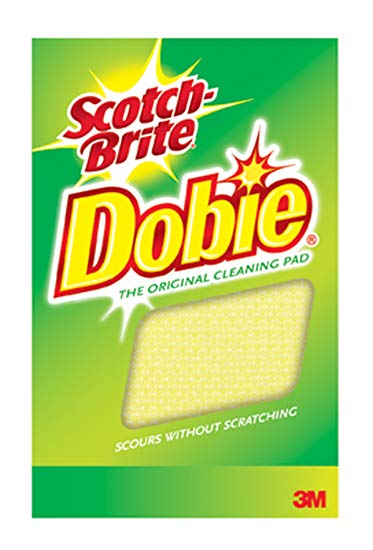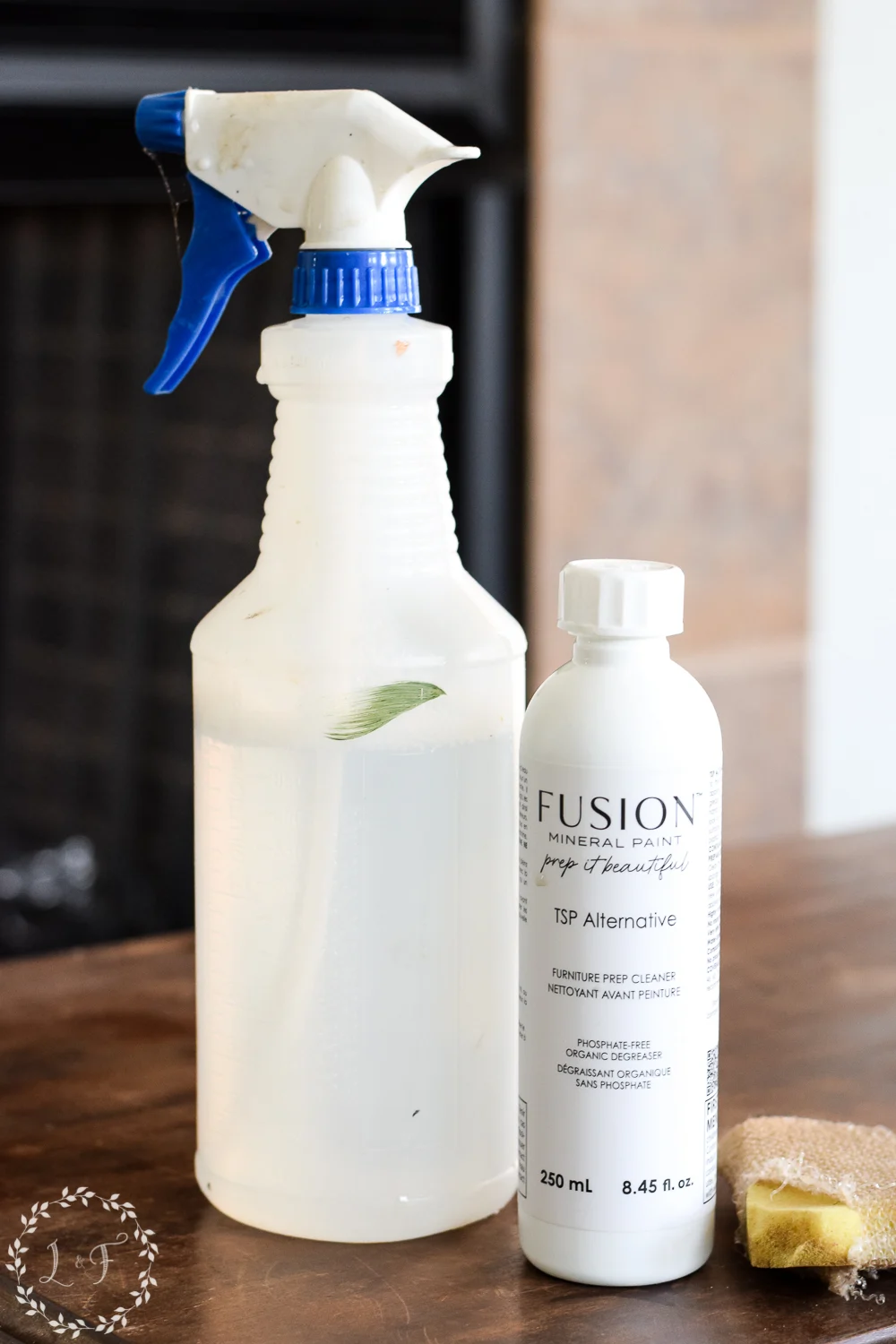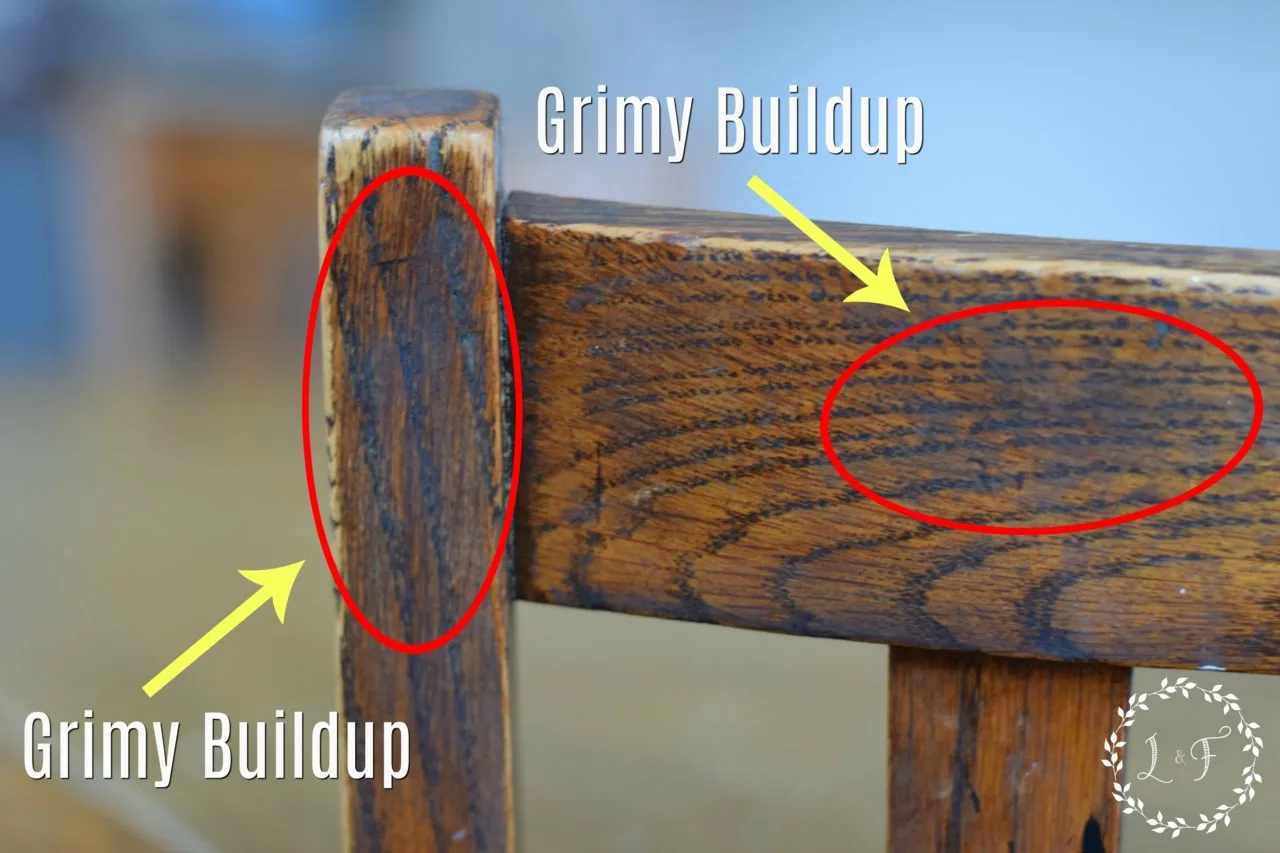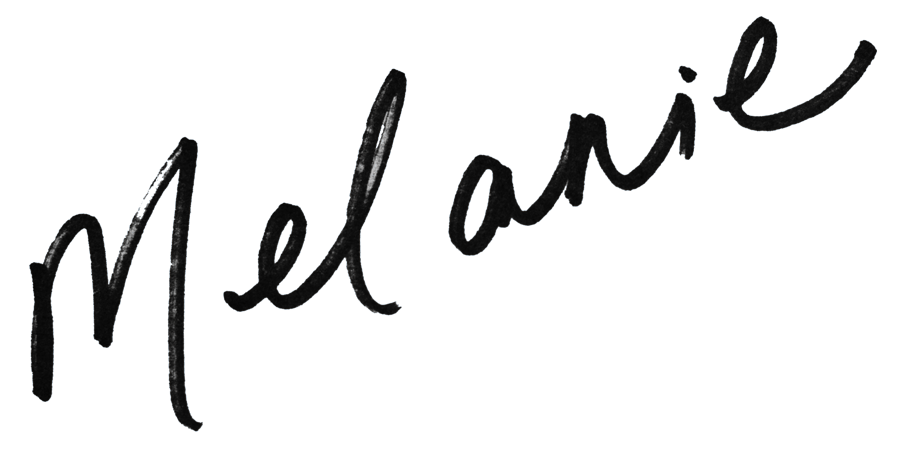Sharing is caring!
Have you ever been working on a piece of furniture and found that the paint just wouldn’t stick?
I did, and it’s very frustrating.
But I have good news! The problem is usually easy to fix.
Today I want to talk about one of the biggest reasons – in my experience – why your paint may not stick to a basic piece of wood furniture.
And so it is.
Dirt, grease and dust hidden on the surface of the furniture.
And I hate to be the bearer of bad news, but your furniture may be dirtier than you think!
Years of oils from hands touching the finish, grease in the air from cooking that settles on the surface, or even hundreds of sprays of Pledge can leave a built-up layer of grime that you may not notice right away.
All of these things can prevent the paint from adhering well.
So, one of the most important things you can do to help your painted furniture be durable and long-lasting is to clean your furniture properly before you put a paint brush on it.
I’ve found this to be especially important for any furniture that has been in the kitchen or has been exposed to a lot of hand contact over the years (such as kitchen tables, dining chairs, armrests, or areas around drawer handles).
Today I want to share with you how I make sure my pieces are dirt free and some of my favorite products that will help get a perfectly clean surface.

This post may contain affiliate links This blog earns income from advertising
Get the right tools
My favorite cleaning tool to use for cleaning furniture is the Dobie sponge.


You can find these products at any local grocery store, or here on Amazon. They have enough grit to scrub the surface well, but not enough to leave scratches behind.
As for the cleaner, you want to make sure you use a degreasing product.
For less messy projects, Simple Green All-Purpose Cleaner is my top choice. It’s eco-friendly, affordable, and you can buy it almost anywhere.


For pieces that seem to have a little extra dirt or anything that has been exposed to kitchen grease, I’ve started using Fusion’s TSP.


Honestly, I held off on using this product for a while because I thought it was the same TSP you can get at the hardware store, and I don’t like that stuff.
You have to be very careful not to get it on your skin, it’s definitely not eco-friendly, and it just seems like overkill for most of my projects.
But I read about Fusion’s TSP and used it for the first time in a while and I love it!
It’s not like the TSP you find in hardware stores, but it’s organic and phosphate-free. It’s non-toxic to your skin or the environment and does a great job of cleaning away built-up grease.
Basically, it gives you the cleaning power of hardware store TSP without the disgusting toxins.
It is sold in a concentrated form, so all you need to clean any item is 2 caps mixed with a litre of warm water.
I’m a convert now – I’m a fan of Fusion TSP 
How to clean furniture before painting
It is a good idea to clean the entire piece of furniture with the cleaner of your choice.
If I use Simple Green, I work in specific areas, spraying each area and then scrubbing with a Dobie sponge. Then I wipe off any remaining cleaner with a cloth dampened with water.
This step is important! Any residue from the cleaner can prevent the paint from adhering.


If I use Fusion Cleaner, I simply soak a cloth in the Fusion Cleaner and water mixture and wipe the surface. If there are any extra dirty spots, I use a Dobie sponge to clean those spots further.
The great thing about using TSP is that you don’t have to rinse it off like you do with Simple Green, so it saves you that step.
What I want you to pay close attention to is any areas where the wood appears darker or discolored – these are clear signs of grease and dirt buildup.


You want to scrub these spots really well, and it’s best to keep doing this until the wood is like its natural color again and nothing comes off when you scrape the surface with your fingernails.
In extreme cases, I’ve used a putty knife to help scrape off greasy buildup like this. Just be gentle – you don’t want to damage the wood!
These greasy stains are tough – you can wipe them off with a damp cloth or even a soapy cloth, and they’ll feel clean, but they’re not!
For this reason, it is very important to carefully inspect the piece and use a degreasing product. Dirt can hide behind you and cause some major adhesion problems with your paint!
Once you have wiped down your piece, scraped off grease and dirt, and rinsed off any cleaner residue, it is ready to paint!
In general, this process should take between 5 to 10 minutes total (unless your piece is very dirty, in which case it may take a little longer, of course).
I promise that taking this prep step will really help make your paint more durable!
Have fun drawing! If you found this post helpful, you might also enjoy these tutorials:
How to Polish Fusion Mineral Paint for an Ultra-Smooth Finish
Best Dark Blue Paint Colors for Furniture
5 Simple Ways to Fix Scratches on Your Wooden Furniture
Best Office Paint, Easily Painted Wood Desk



